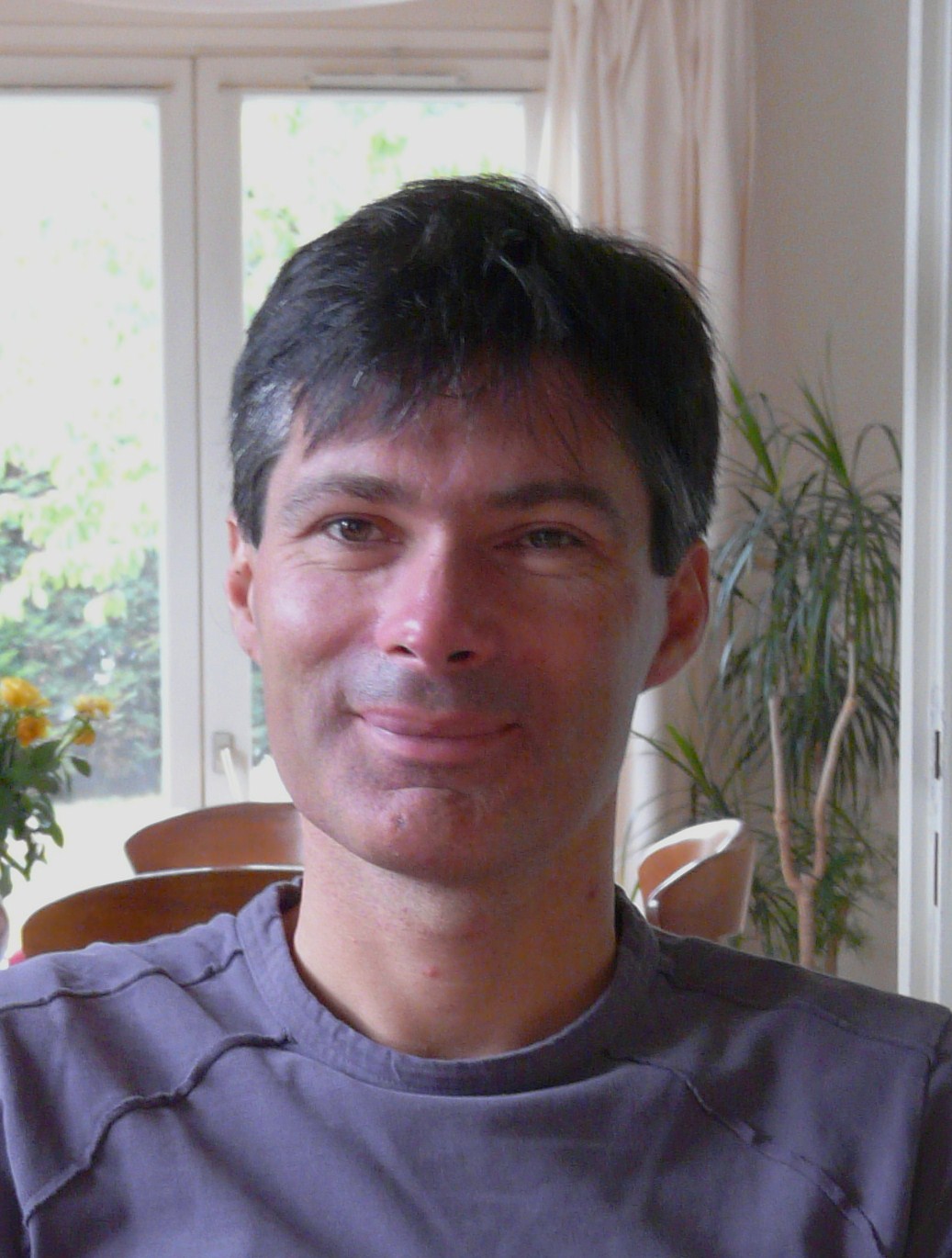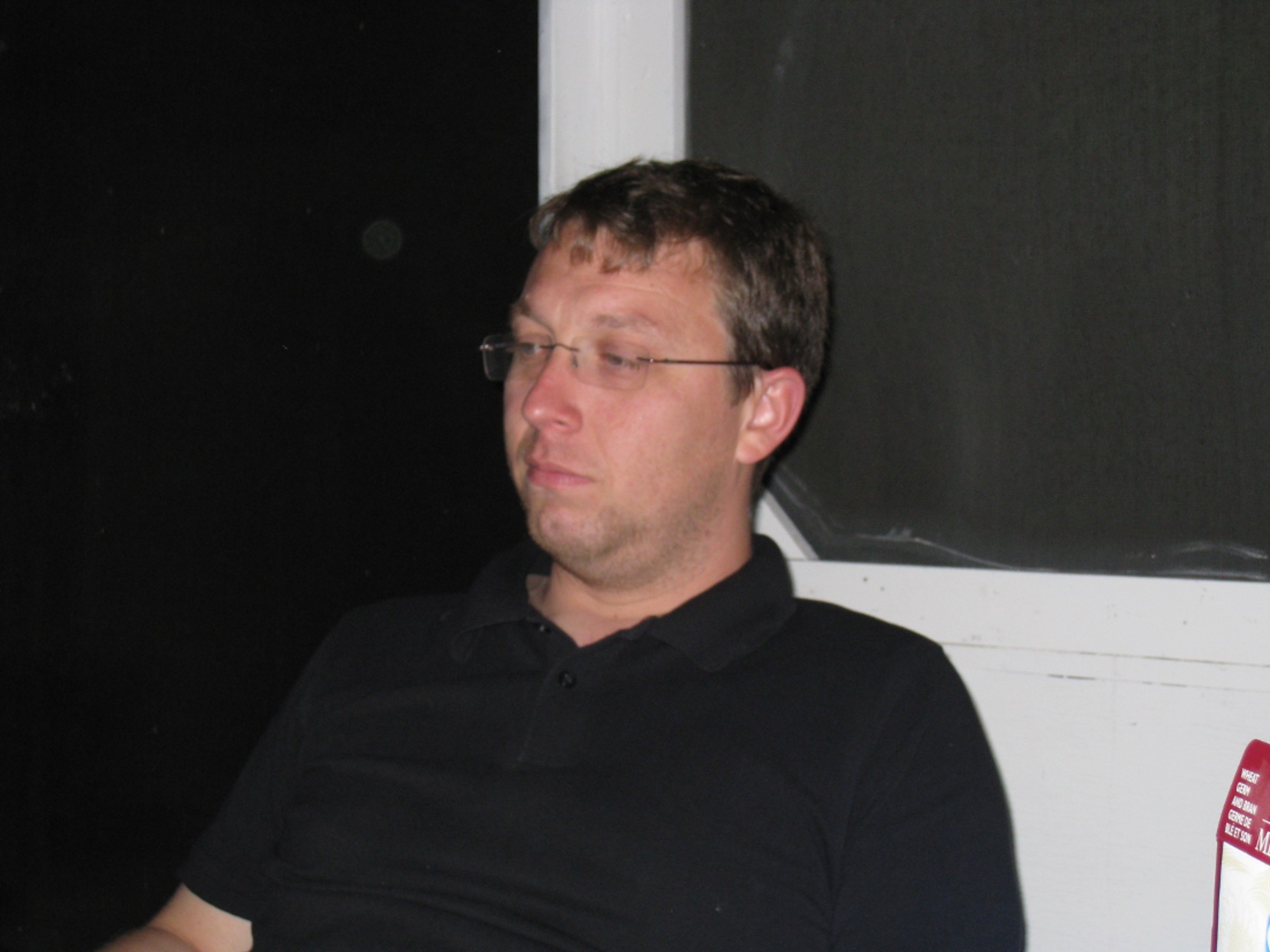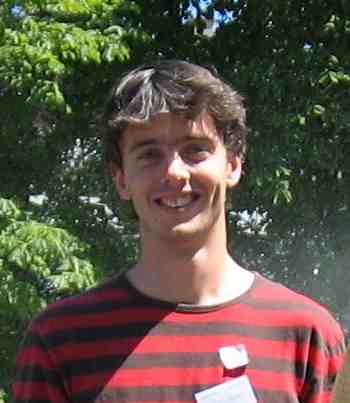Peter FIEBIG -
Representation theory of algebraic groups and Lusztig's conjecture
First hour: "Representations of algebraic groups"
(rational representations, characters, Weyl modules, linkage principle,
Lusztig's character formula) Second hour:
"Representations of modular Lie algebras"
(differentiation of representations, baby Verma modules, projective objects,
Humphreys reciprocity, reformulation of Lusztig's conjecture in terms of
Jordan-Hölder multiplicities of baby Verma modules) Third hour: "Combinatorics of representations"
(AJS-localization, translation functors, sheaves on moment graphs, the functor Phi)
Fourth hour:
"Parity sheaves on affine flag manifolds"
(definition of parity sheaves, GKM-localization in positive characteristics,
the proof of Lusztig's conjecture for p big enough)
|
 |
Laurent MANIVEL -
An introduction to Schubert varieties and Schubert calculus
I will give a basic introduction to Schubert varieties,
their geometry, their use in enumerative questions. I will mainly
focus on flag varieties of the general linear group, in particular
Grassmannians. Schubert calculus in this context is an old and
venerable subject, but we will see that some important problems
still remain out of reach.
|
 |
Nicolas RESSAYRE -
On restriction problems 1,2,3 and 4
Let G be a connected reductive subgroup of a connected complex reductive
group G. An irreducible representation V of
G is a representation of G which is no longer irreducible.
A natural question is now:
What are the irreducible G-submodules of V
The answer to this question is encoded in a finitely generated semigroup in a lattice
Z^n. We will see that this question covers numerous cases in representation
theory (decomposition of tensor products, plethysm,...). We will then explain
recent advances in the understanding of these semigroups.
The starting point of all these results is Borel-Weil Theorem which
allows to interprete the problem in terms of actions of groups on flag varieties.
|
 |
Geordie WILLIAMSON -
Kazhdan-Lusztig polynomials and intersection
cohomology complexes on the flag variety
First lecture (purely algebraic):
definition of the Hecke algebra,
motivation, definition of the Kazhdan-Lusztig basis, some examples.
(Possibly: cells + examples). Second lecture (geometric):
(review of) constructible sheaves, perverse
sheaves, intersection cohomology, the decomposition theorem. The derived
category of G/B, convolution.
Third lecture: the character of a constructible sheaf. KL theorem:
characters of intersection cohomology complexes are given by the KL basis.
Proof that convolution intertwines with multiplication in the Hecke
algebra.
|
 |




